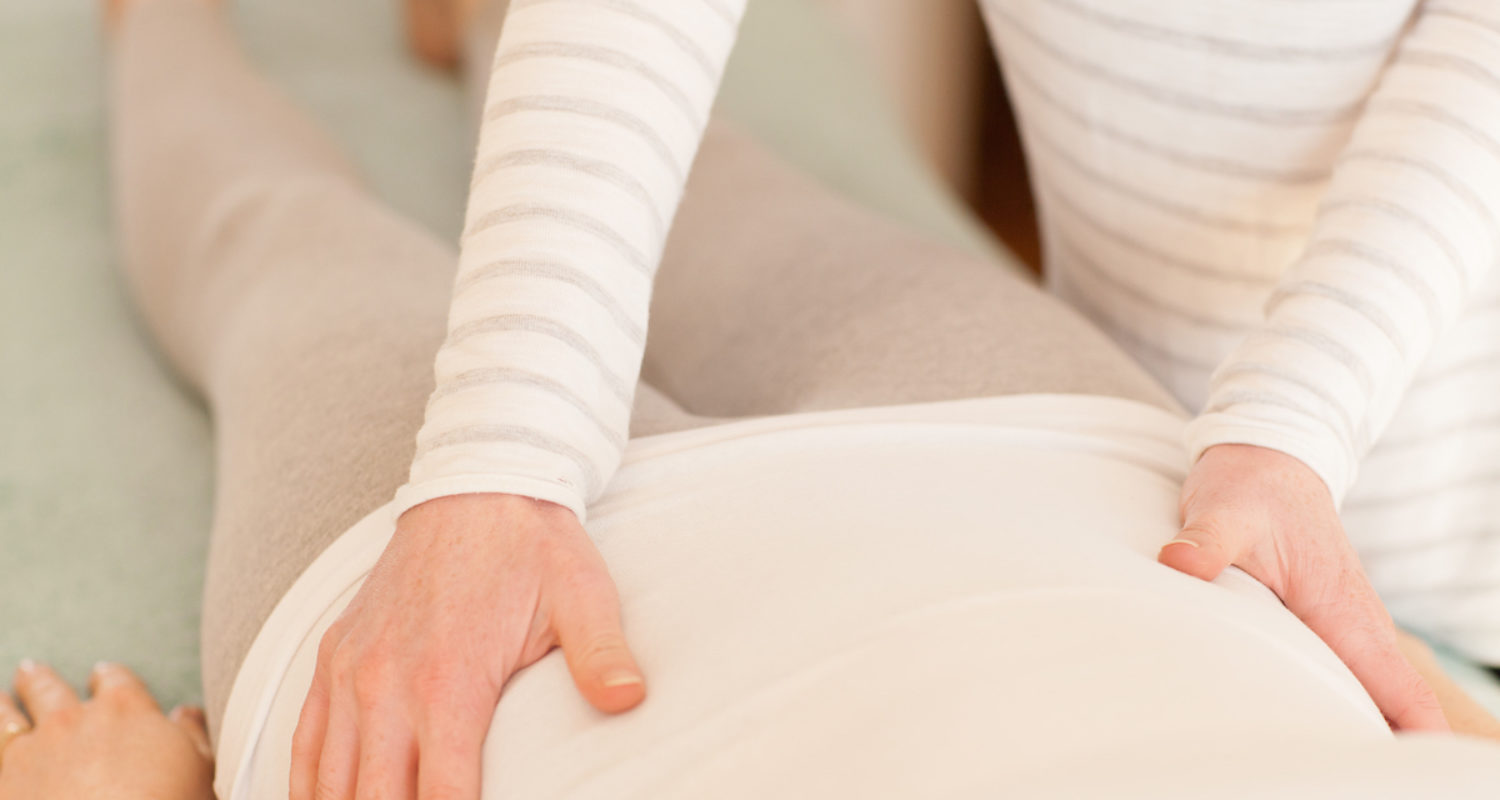
Pinching pain in the hip caused by femoroacetabular impingement
How Osteopathy can help you
Femoroacetabular impingement (FAI) is a condition of the hip in which extra bone grows along either one of both bones that make up the hip (the femur/leg bone or acetabulum/pelvic bone). This gives the bones an irregular shape and can causes friction and ‘impingement’ of the surrounding muscles, ligaments and cartilage.
There are two types of FAI.
CAM Impingement – where there is commonly a bump on the head of the femur (thigh bone).
PINCER Impingement – where there pelvis bone covers the head of the femur more than normal.
MIXED Impingement – where there is a combination of CAM and PINCER
Important note: A study in 2015 found that 37% of asymptomatic people (showing no symptoms) were found to have a CAM deformities and 67% had a PINCER deformity. Showing us that people can have structural variances without pain.
Who and Why?
The exact reason for FAI is still being researched. However, certain factors including hip dysplasia at birth, high impact athletic activities during adolescence, and genetic factors are all thought to be factors.
What would I feel?
Pain at the front of your hip, groin or buttock pain
Groin and thigh pain on extended sitting
Pain when getting in and out of the car.
Pain when you bring your knee to your chest but also when you bring your knee across your body
Painful clicking, locking or instability
Osteopathy and Hip Impingement
Recent studies have shown that conservative management (ie manual therapy and rehabilitation) for FAI may improve function and symptoms, so thankfully there are a few things you can do to help yourself get back on track.
Your osteopath will perform a complete assessment and determine a diagnosis of your pain.
Chat about some small modifications you can make to your daily routine to avoid aggravating the symptoms
Manual therapy such as soft tissues, joint mobilization, stretching and dry needling may help reduce muscle tension in the hip, knee and lower back. This will help improve mobility and decrease pain.
May help promote blood and lymphatic flow, helping reduce pain and inflammation.
Your osteopath will provide you with a treatment and management plan going forward, including take home strength or stretching exercises appropriate.
Book an appointment to chat with one of our osteopaths about your hip pain HERE
References:
Pun, S., Kumar, D., & Lane, N. E. (2015). Femoroacetabular impingement. Arthritis & rheumatology (Hoboken, N.J.), 67(1), 17-27.
Harris JD, Frank JM, Erickson BJ, Slikker III W, Salata MJ, Nho SJ. Prevalence of femoroacetabular impingement imaging findings in asymptomatic volunteers: a systemic review. Arthroscopy. 2015;31(6):1199–204.
Banerjee, P., & McLean, C. R. (2011). Femoroacetabular impingement: a review of diagnosis and management. Current reviews in musculoskeletal medicine, 4(1), 23-32. doi:10.1007/s12178-011-9073-z
